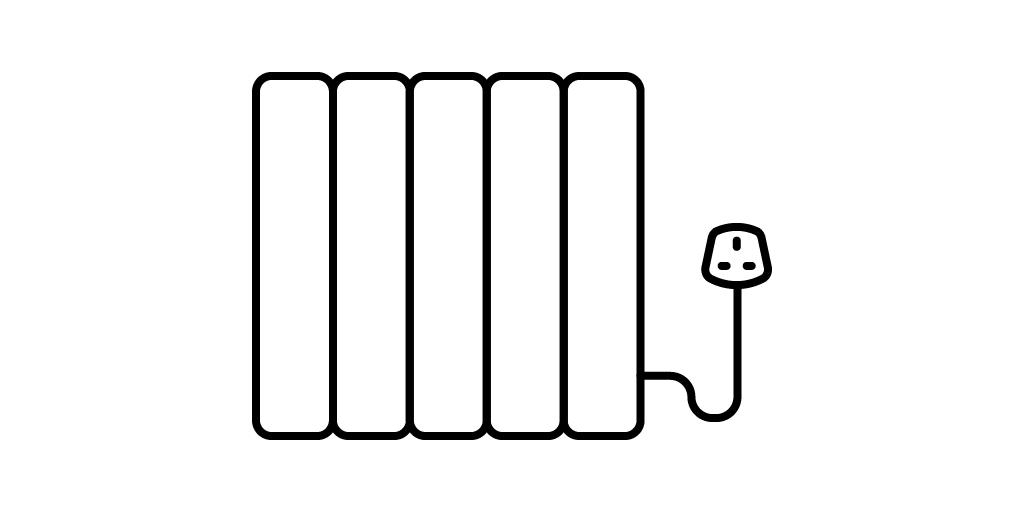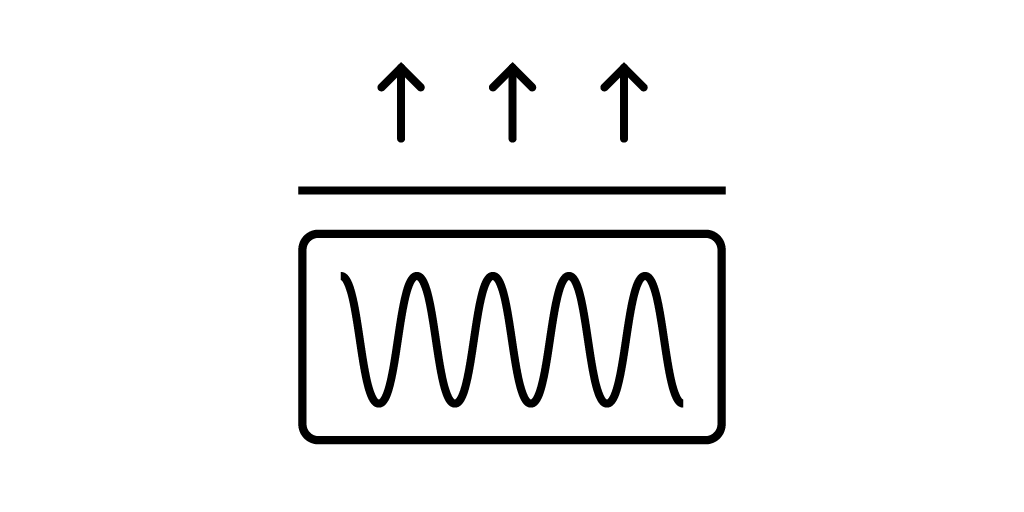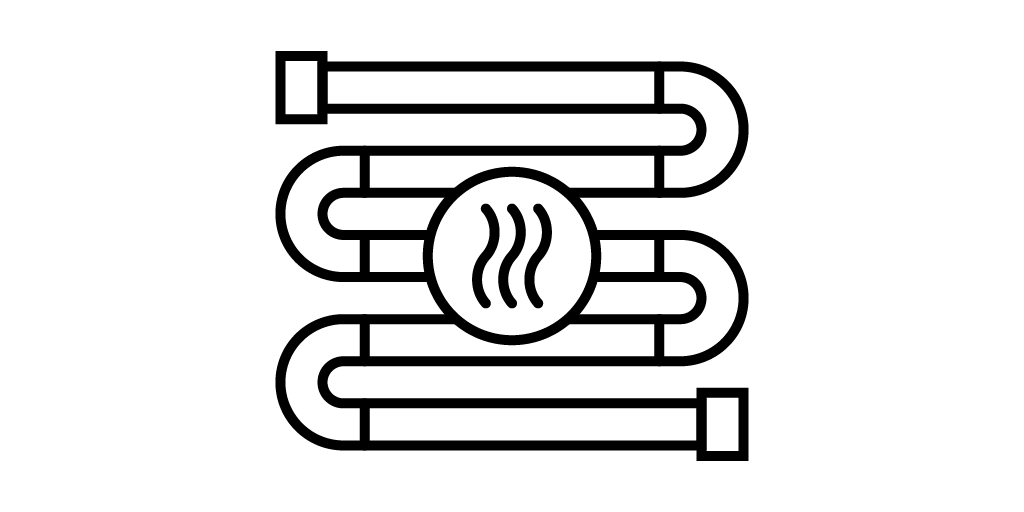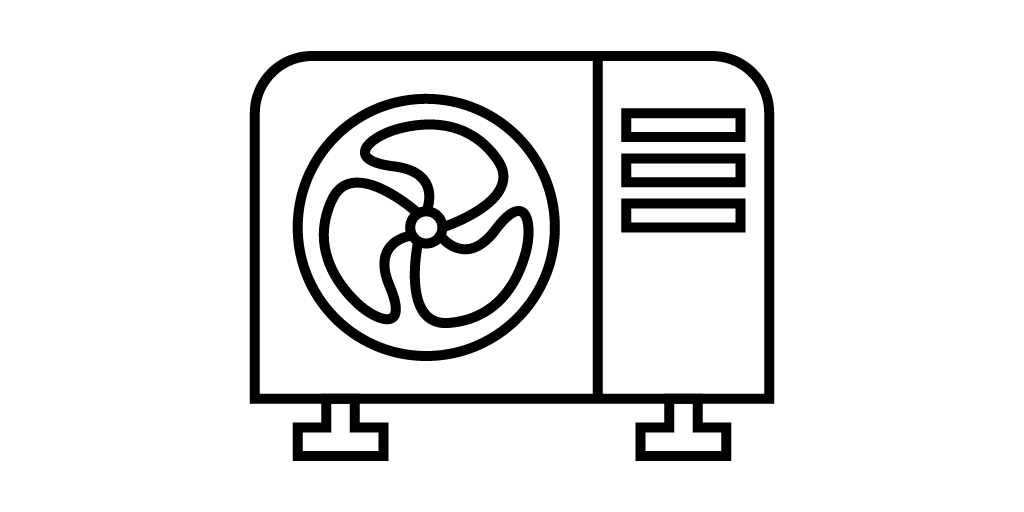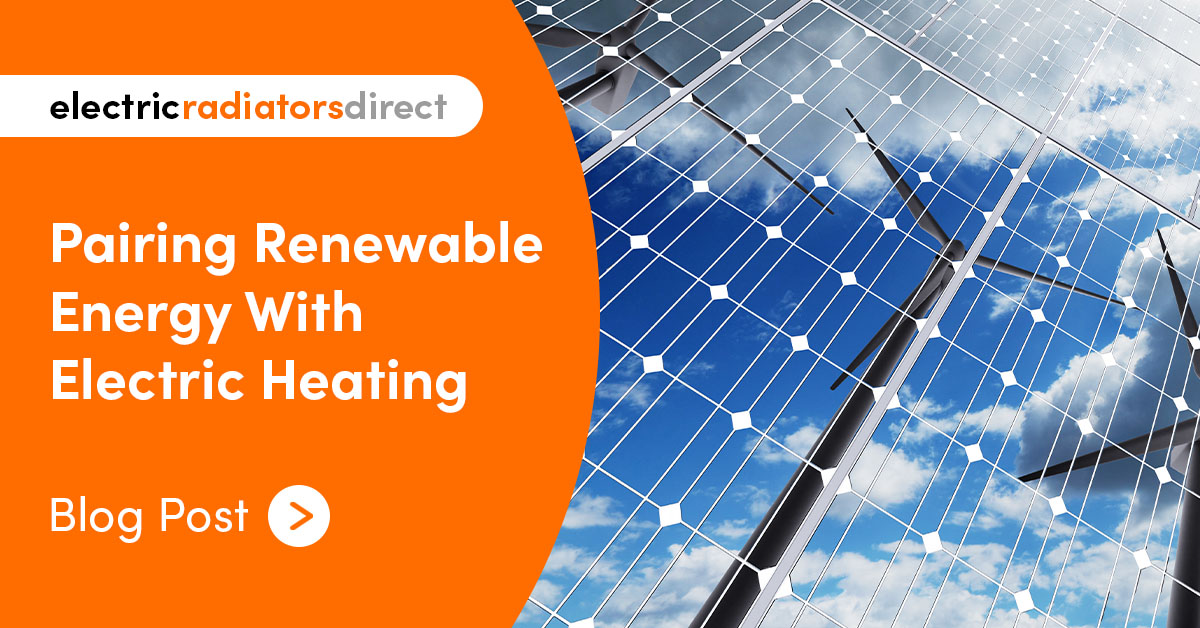

Last updated: February 2024
Low carbon heating has never been so vital to the environment but there is a way you can make a difference sooner rather than later. If you have access to self-generated energy, you can massively cut down the carbon footprint of your household by pairing it with electric heating. And, as an added bonus, you can even run it for free for a large part of the year. If you’ve been mulling over the idea of investing in your own renewable energy, we’re here to tell you why electric heating makes such a great fit.
Check out our video! We look at what it means to be truly carbon neutral and how electric radiators and renewable energy make the perfect pair.
What are the benefits of using green energy with electric heating?
So, why use self-generated energy with electric heating in the first place? Though some of the benefits are obvious, there are some additional perks you might not know about:
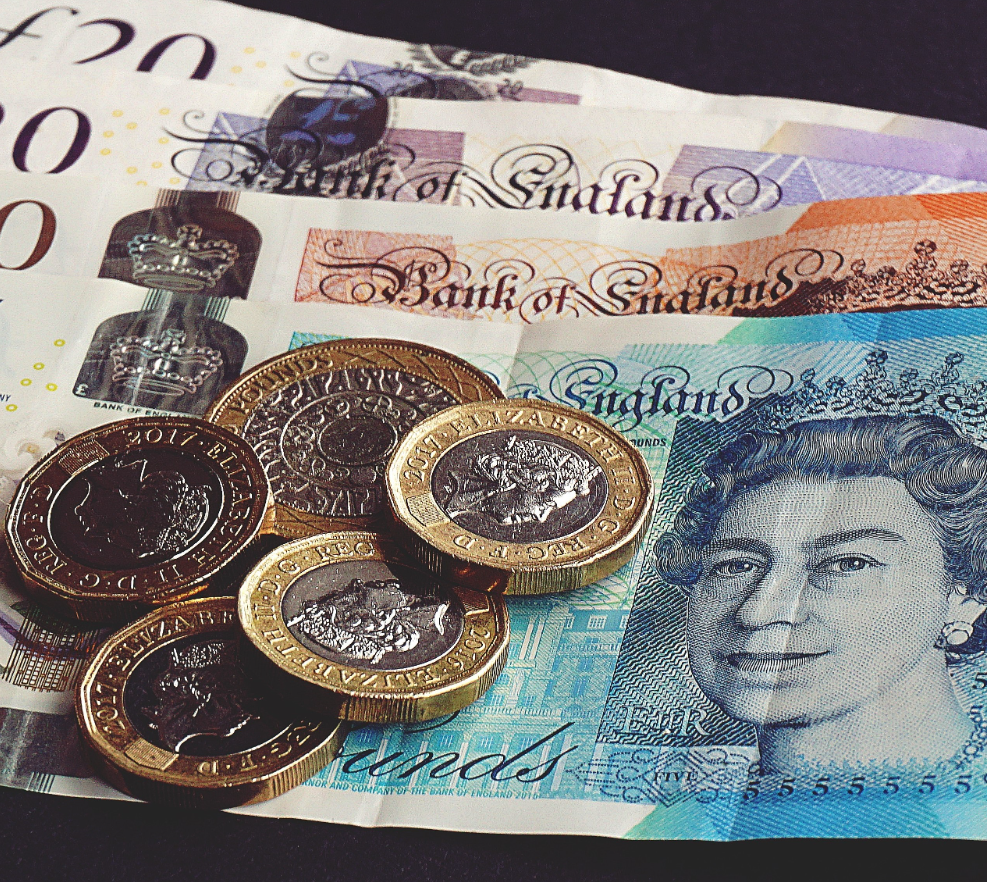

Reduces electricity bills
This is the biggest draw for most people. Generating your own energy means you can run electric heating without worrying about your monthly bills. You gain increased freedom from your supplier, save money, and only pay for electricity when your own energy generation comes up short.
Sell excess energy back to your supplier
If you’ve got a bit of extra energy, suppliers will let you sell back your surplus power though Smart Export Guarantee (SEG) tariffs. With these tariffs everyone wins: you get a bit of extra money in your pocket, while your supplier gets additional power to use during peak times.
Minimises demand on the grid
We live in an electric world, with gadgets and gizmos in every room in the house, and all this puts extra pressure on the grid. If you’re able to run your heating using your own energy, you’re freeing up electricity for other properties, which in turn means we can sustain more homes with wind farms, tidal and other renewable sources.
Reduces reliance on fossil fuels
A sizable portion of our national electricity comes from burning fossil fuels, but if we can heat homes with renewable energy, we can reduce the need to create power from sources that create greenhouse gases. We’re also a nation that’s heavily reliant on natural gas for central heating, which makes a significant contribution to the UK’s carbon emissions. The less we depend on this heating method, the better.
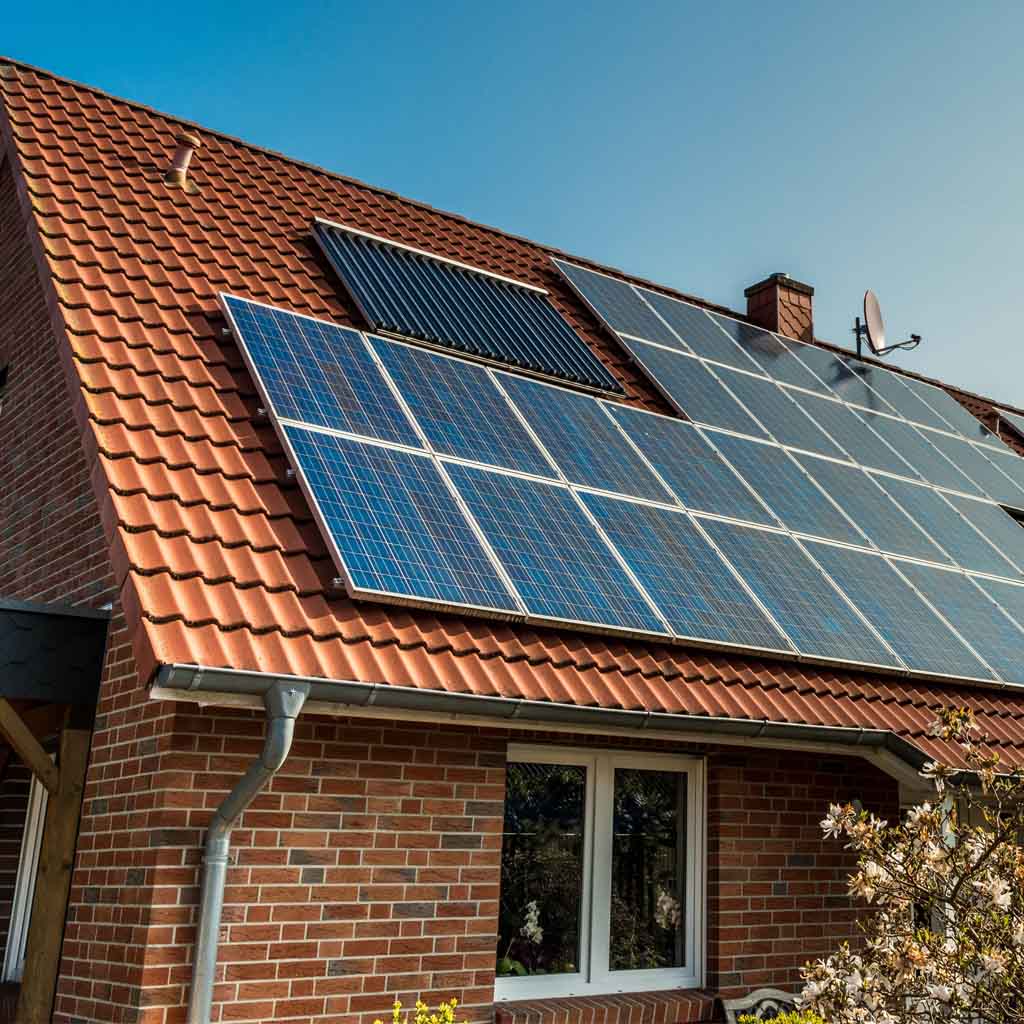

Significantly reduces carbon emissions
If you’re paring electric heating with home renewables, you don’t need to worry so much about your heating’s carbon footprint. Electric heating doesn’t create any greenhouse gases as it operates and it’ll be running on 100% clean energy when used with home renewables. If you’re concerned about using “dirty” energy at times when you run out of power, you can also opt for a green energy tariff to make sure your provider is putting renewable energy back into the grid. Or…
Store excess energy with batteries
Whenever you have a little bit of extra power you’re not using, you don’t have to sell it back to the grid. You can also make use of battery storage to keep it for later. By storing your excess energy, you can keep your electric heating running for longer throughout the year without having to resort to using power from your supplier and it’s a fantastic way to maximise your home’s self-sufficiency.
Low maintenance system
Most home renewable systems are exceptionally low maintenance, and guess what? So is electric heating! No gas safety checks or boiler breakdowns – the longevity of renewables and electric heating means you save money on maintenance and forgo the headache of having to arrange callouts.
Renewable sources won’t run out
Wind and solar aren’t going anywhere. Though their effectiveness is largely governed by the weather, that still doesn’t change the fact that they’re an easy, low-effort way to make use of natural resources. Even if they’re only able to power your whole home for a third of the year, that’s still a massive saving to our planet and your pocket.
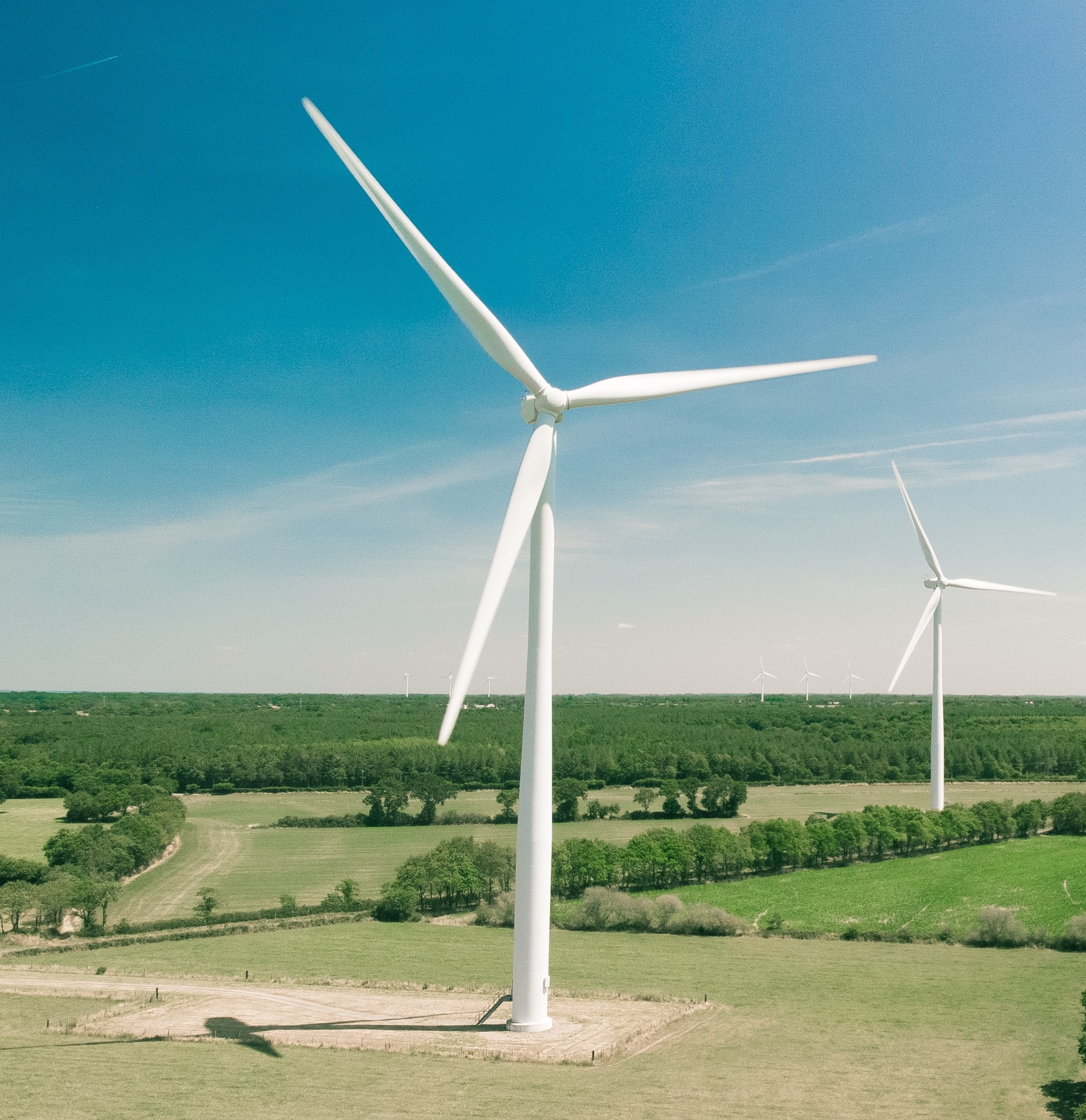

Supports the green economy
The renewables industry is fairly young but it’s expanding at a huge rate, and by opting for home-generated energy, you’re helping it to become stronger. It creates new skills and opens up a whole new job market for the next generation.
Helps to shift attitudes toward renewables
Two of the biggest reasons why we haven’t adopted home renewables is because of price and lack of engagement. The more people take an interest in self-generated energy, the more we help it to become something as ubiquitous as central heating. It might lose its mystique in the process but it’s definitely worth it for a greener, cleaner environment.
Which renewable energy system is best for my home?
The main home renewable options are wind, solar PV and water, but the method you choose will likely be determined for you by the location of your property. Only homes that are near a watercourse will be able to make use of hydro energy generation, discounting this as an option for a lot of people off the bat. Solar PV tends to suit most buildings, which is why it’s often the first choice when it comes to self-generated energy methods, but if you have a property that’s quite exposed to the elements, a pole mounted turbine could work just as well. We’ve taken a closer look at running electric radiators with solar PV in our blog here, though an assessor will be able to tell you whether this is the right method for your home.
What types of electric heating can I use with renewable energy?
Any that take your fancy! When you’ve got access to your own supply of homemade energy, you can use it on any electrical appliance you want, whether that’s your heating, your laptop or anything else. Here are just some types of electric heating system you can use with your green energy:
What if I can’t afford to invest in self-generated energy?
Want to know your heating is as eco-friendly as possible but can’t afford to set up your own solar or wind system? You’re not alone. It’s a big commitment and not something everyone can do if they’re renting. But there is a quick and easy way to make a difference. Switching to a green tariff only takes a matter of minutes and means that your provider is agreeing to buy energy only from renewable generation methods. The energy that’s currently in the grid is pooled from a number of different sources, like coal, nuclear and wind, so when you’re running your heating, you can never say it’s truly low carbon, even if you are on a green tariff. However, you’re still making a big difference.
By voting with your wallet and staying with energy suppliers that invest in renewable energy sources, you’re making a strong statement to the industry. Your custom is telling them what’s important: fossil fuel generated electricity has to go and more needs to be done to make this happen faster. When more people make that switch, it also means that an increased amount of green energy is going back into the grid, so every single person making that decision counts. Keep the green industry going and switch to a reputable eco-friendly supplier today.
For low carbon heating - choose electric.
Find the perfect heating system for your home
Electric heating has the potential to be a game-changer in home heating, especially when used alongside self-generated energy. If you’ve just switched on to the idea and need some more inspiration about what heating method is best for you, browse our site for a range of smart, energy-efficient products. Or, if you want to discuss your home heating with an expert, don’t hesitate to call our Sales team on 0330 300 4444 for a free, no obligation quote.
Key learnings
- From having cheaper bills to being kinder to the planet - there's plenty of reasons to pair your electric heating with renewable energy.
- Solar panels tend to be the most accessible option as they're suitable for many different types of properties.
- You can pair any electric heater to a renewable energy source, from heat pumps to electric radiators to infrared panels.
- If you can't afford to invest in renewable energy, why not switch to a green energy tariff? By voting with your wallet and staying with energy suppliers that invest in renewable energy sources, you’re making a strong statement to the industry.






